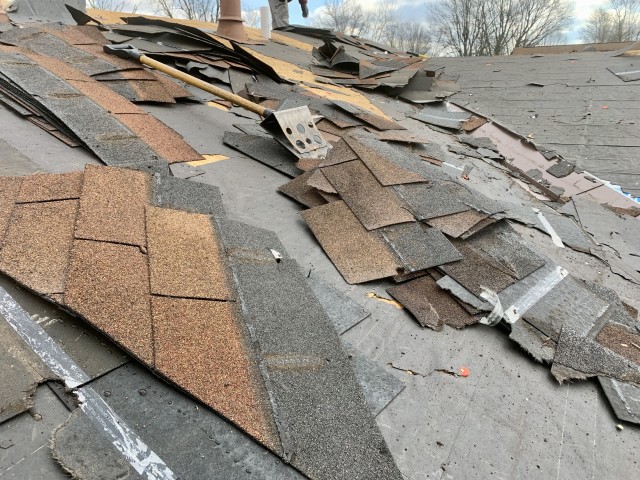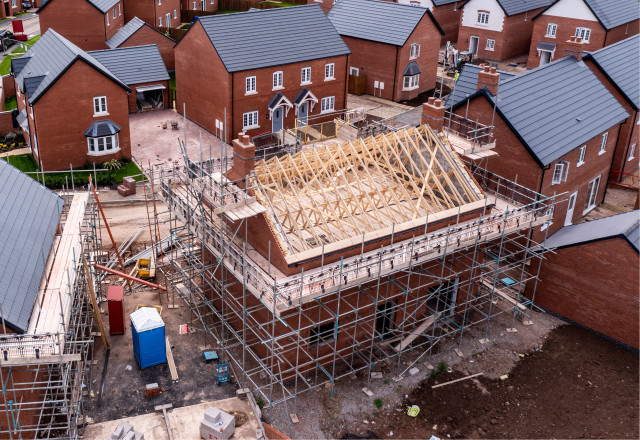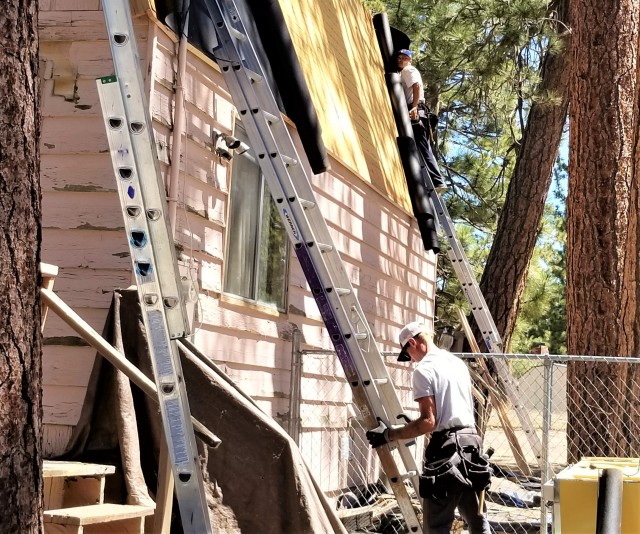Are you tired of dealing with pesky Spot and Address Roof Leaks in your home? Well, you’re in luck! This article will guide you through the process of spotting and addressing those annoying leaks.
From identifying the source to temporary fixes and preventative measures, we’ve got you covered. So, put on your detective hat and get ready to tackle those leaks head-on. You’ll be a leak-fighting pro in no time!
Table of Contents
ToggleSpot and Address Roof Leaks
You’ll want to keep an eye out for common signs of roof leaks in your home. Detecting a roof leak early can save you from expensive repairs down the line. One of the most obvious signs is seeing water stains on your ceiling or walls. If you notice any discoloration or bubbling paint, it could indicate a roof leak. Another sign is finding water in your attic or crawl space. Check for damp insulation or mold growth, as these are clear indicators of a leak. Additionally, be on the lookout for missing or damaged shingles, as they can create openings for water to seep through.
Identifying the Source of the Leak
To identify where the leak is coming from, start by checking for any visible signs of water damage on the ceilings or walls. Look for discoloration, peeling paint, or sagging areas.
Once you have located the general area, it’s time to investigate further. Grab a flashlight and head to your attic or crawl space. Inspect the underside of the roof for any signs of moisture, such as water stains or mold growth. Pay close attention to the roof vents, chimneys, and any other potential entry points for water.
If you’re unable to locate the source of the leak, it’s best to call in a professional for roof leak repair.
DIY Roof Leak Detection Methods
Once you’ve checked for visible signs of water damage, it’s time to explore do-it-yourself methods for detecting a roof leak.
Start by using a flashlight to inspect your attic for any signs of water stains or mold growth. Look for any obvious holes or cracks in the roof and check the areas around chimneys, vents, and skylights.
Another method is to perform a water test by having someone spray water on different sections of the roof while you observe the inside for any signs of leakage.
Additionally, you can use a garden hose to simulate rainfall and direct the water onto different parts of the roof to identify potential problem areas.
Temporary Fixes for Roof Leaks
If you’re in need of a temporary fix for a leaky roof, try using roofing cement to seal any small cracks or holes. This is a quick and easy solution that can help prevent further water damage until you can get professional help.
Roofing cement is a common temporary repair material that is readily available at most hardware stores. It is designed to adhere to different roofing materials and provide a watertight seal.
To use roofing cement, simply clean the area around the leak, apply the cement with a putty knife, and smooth it out.
Calling in Professional Help
When you’re experiencing a leaky roof, it’s best to contact a professional for help.
Professional roofers have the expertise and tools to accurately diagnose and fix the problem, ensuring a long-term solution.
While the cost of professional help may seem daunting, it is often a worthwhile investment in the safety and longevity of your home.
Professional roofers can identify the root cause of the leak and provide a comprehensive repair plan, preventing further damage and potentially saving you money in the long run.
They have access to high-quality materials and can ensure that the repair is done correctly, minimizing the risk of future leaks.
Preventing Future Roof Leaks
Hiring professional roofers can help ensure long-term prevention of future leaks. Regular roof maintenance and inspections are essential to maintaining a leak-free roof.
A professional roofer can identify potential problem areas before they become major issues. They have the expertise to assess the condition of your roof and make necessary repairs or replacements. With their help, you can avoid costly repairs and water damage caused by leaks.
Regular maintenance, such as clearing debris, checking for loose or damaged shingles, and addressing any signs of wear and tear, can extend the lifespan of your roof.
Conclusion
In conclusion, spotting and addressing roof leaks in your home is essential to maintain the integrity of your property.
By being aware of common signs of leaks and taking prompt action to identify and fix the source, you can prevent further damage.
While DIY methods and temporary fixes can be helpful in the short term, it’s always advisable to call in professional help for a thorough inspection and permanent solution.
Remember, taking preventive measures can also go a long way in avoiding future roof leaks.




